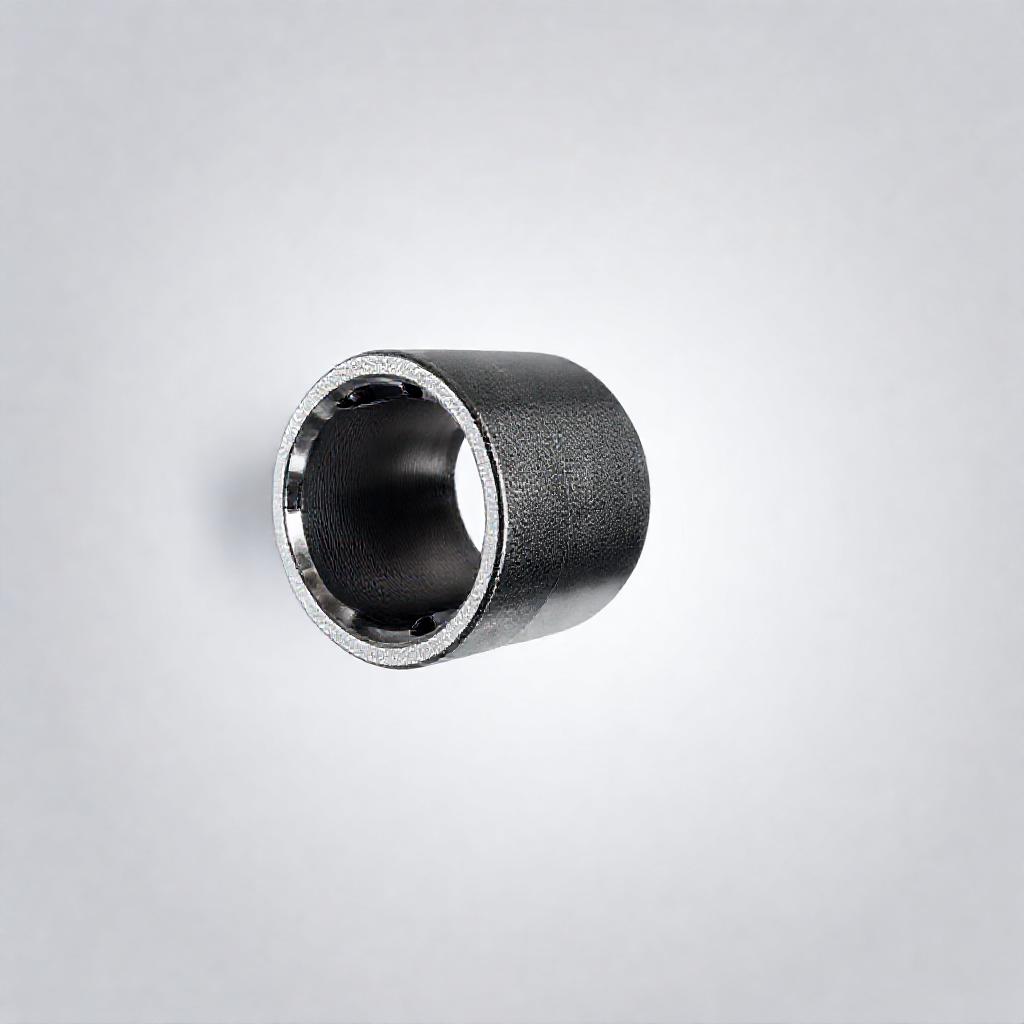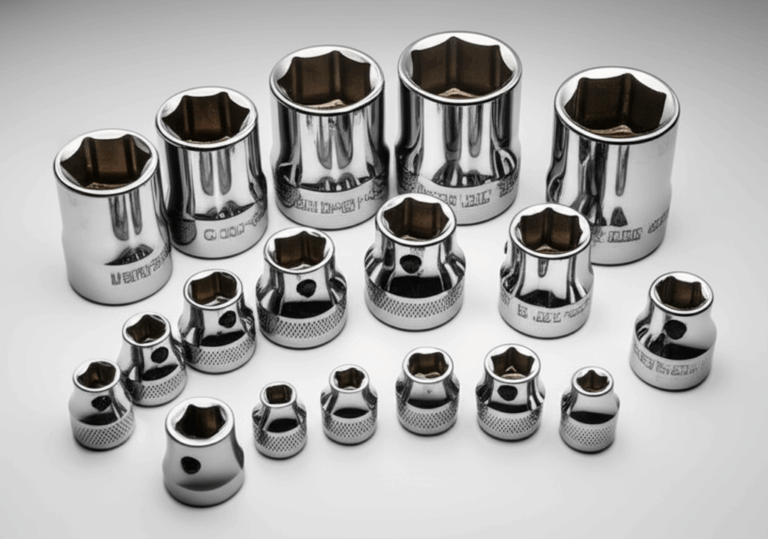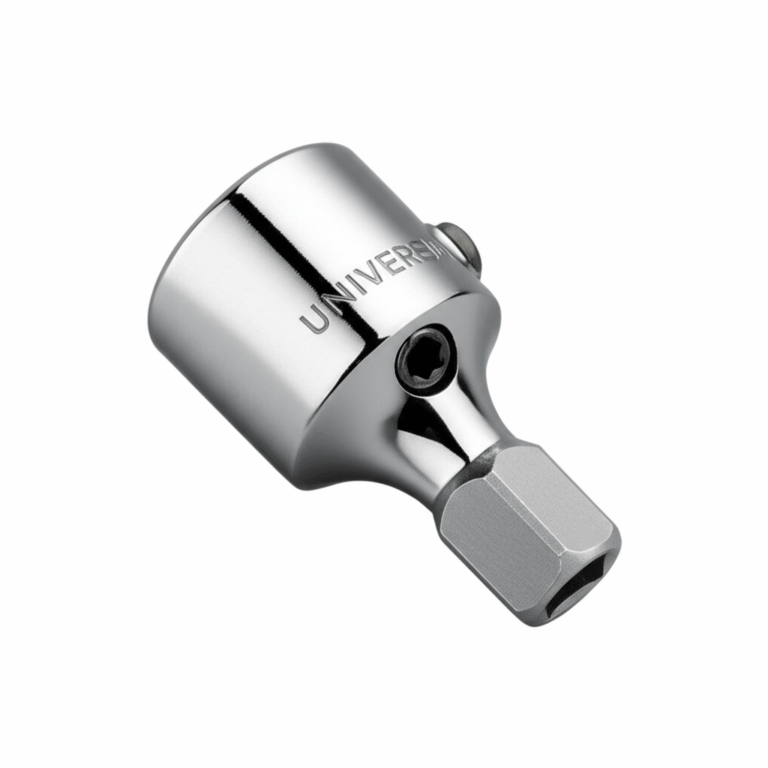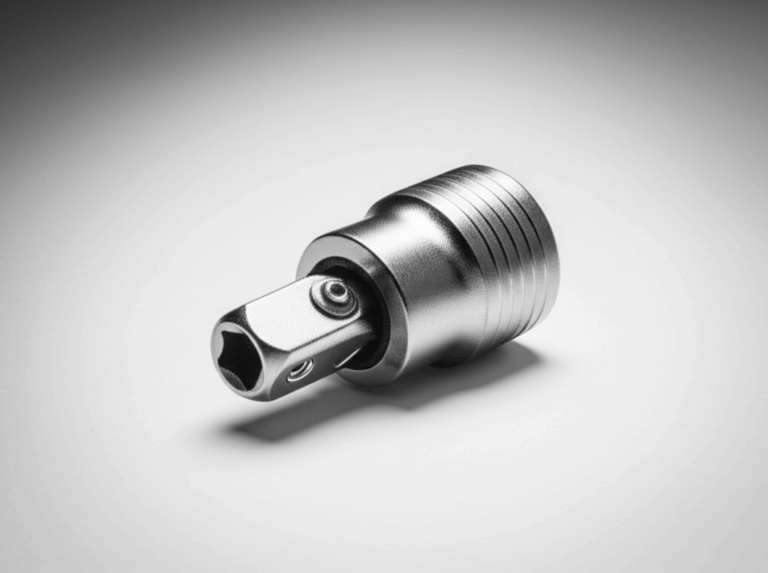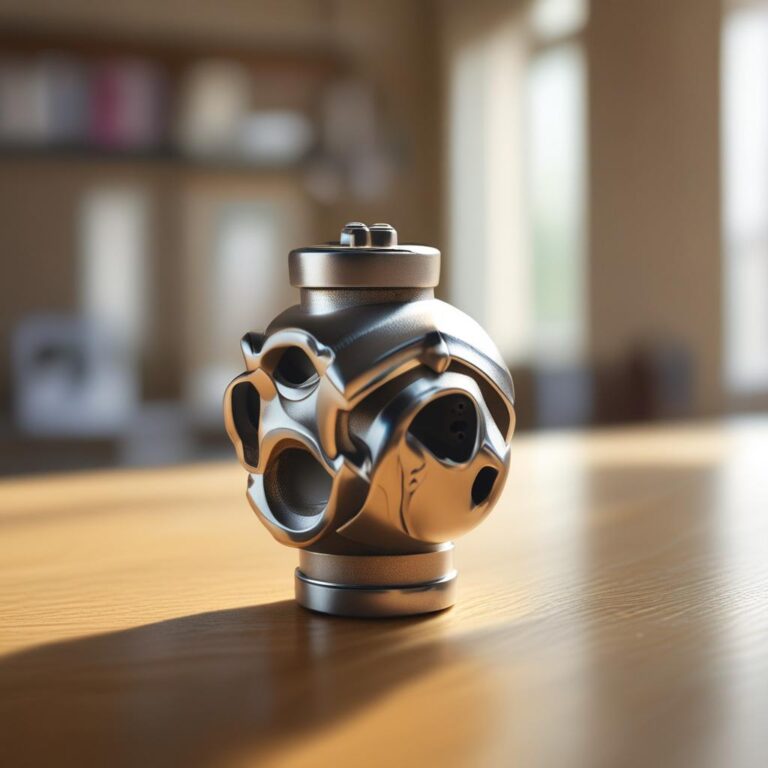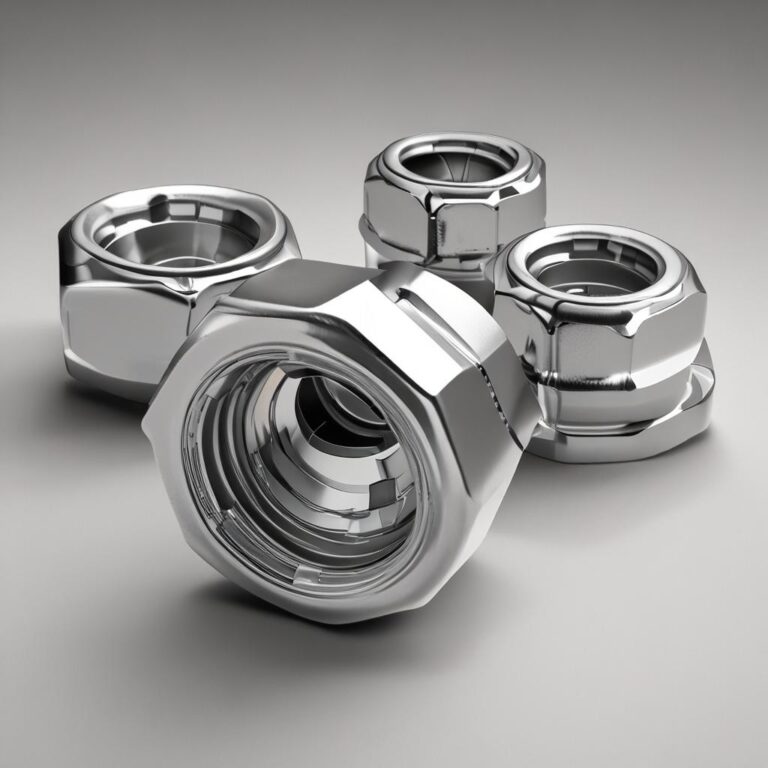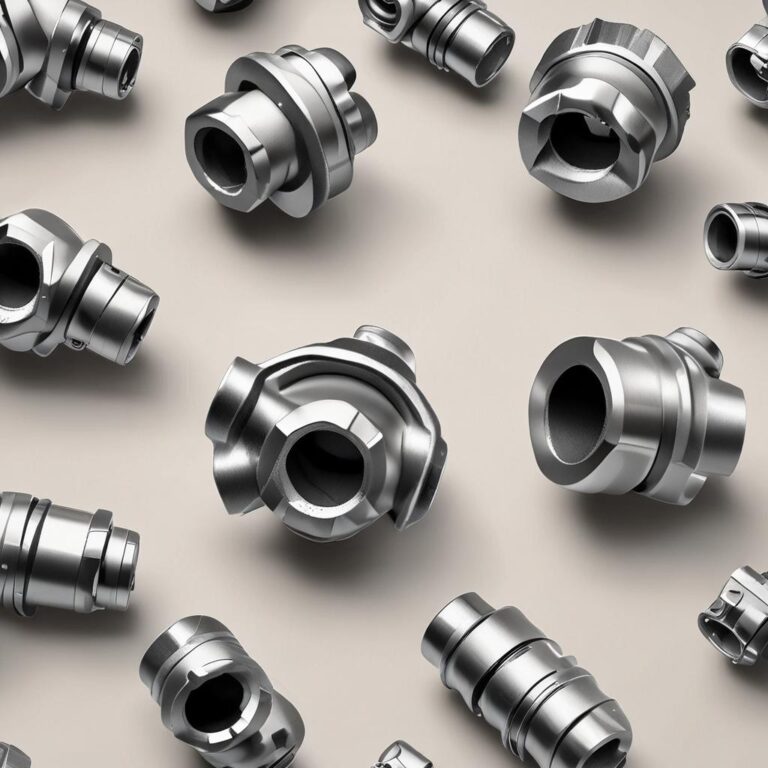Universal Socket Joint
Universal socket joints are a crucial component in various mechanical systems, providing a flexible and durable connection between two shafts or components. The history of universal socket joints dates back to the early 20th century, when they were first developed for use in the automotive industry. Since then, they have become an essential part of many applications, including robotics, medical devices, and industrial machinery. In this article, we will delve into the world of universal socket joints, exploring their definition, components, types, materials, and applications, as well as their advantages and disadvantages, maintenance requirements, and future trends.
Introduction to Universal Socket Joints
A universal socket joint is a type of joint that allows for flexible movement between two connected components, enabling them to rotate and move in multiple directions. This is achieved through the use of a socket, a ball, and a retaining ring, which work together to provide a smooth and efficient connection. The historical development of universal socket joints is closely tied to the evolution of the automotive industry, where they were first used to connect drive shafts and steering systems.
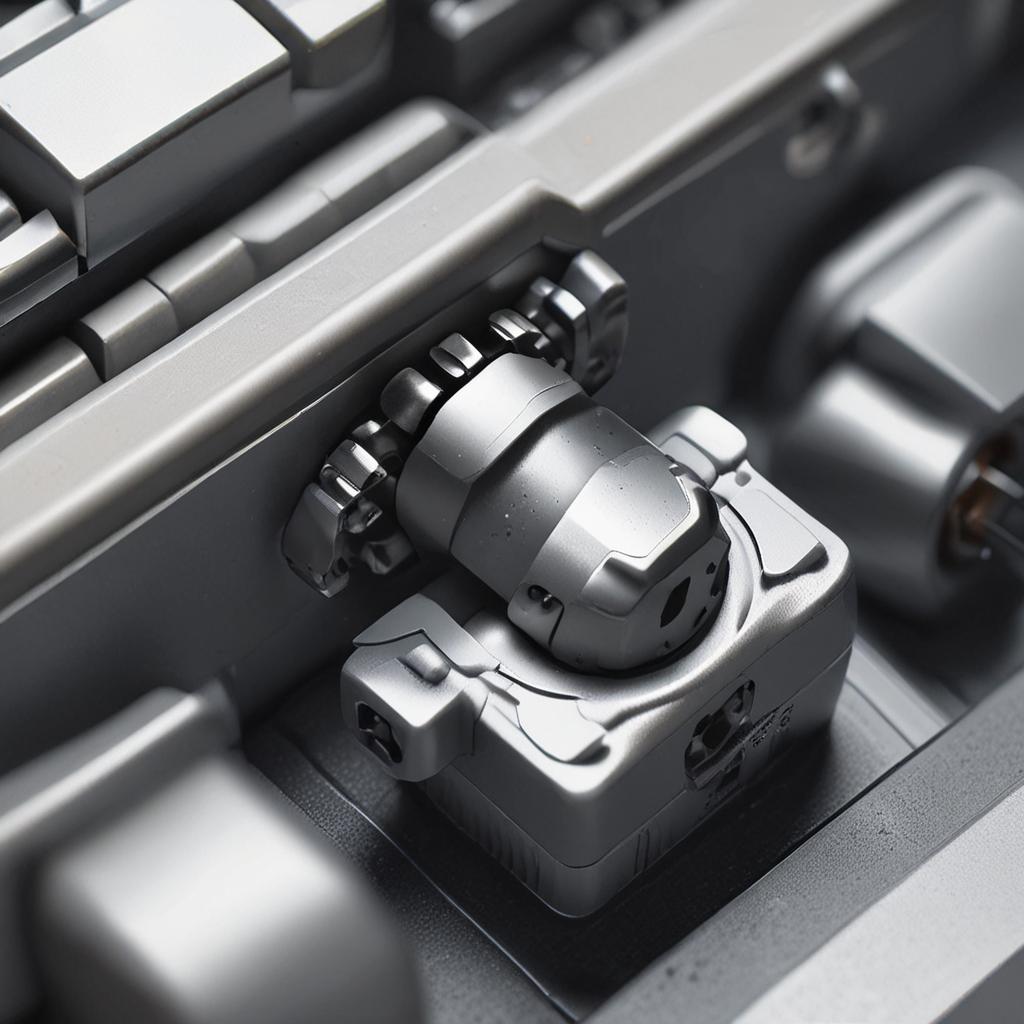
What is a Universal Socket Joint?
Definition and Basic Function
A universal socket joint is a mechanical component that enables flexible movement between two connected components, allowing them to rotate and move in multiple directions. The primary role of a universal socket joint is to provide a smooth and efficient connection between two shafts or components, enabling them to move freely and maintain their alignment.
Components of a Universal Socket Joint
A universal socket joint consists of three main components: the socket, the ball, and the retaining ring. The socket is the outer housing that contains the ball and retaining ring, while the ball is the movable component that allows for flexible movement. The retaining ring is used to secure the ball in place, preventing it from becoming dislodged during operation. A diagram of a universal socket joint would typically show these components in relation to each other, illustrating how they work together to provide a flexible and durable connection.
Types of Universal Socket Joints
Ball and Socket Joint
A ball and socket joint is a type of joint that allows for flexible movement between two connected components, enabling them to rotate and move in multiple directions. This type of joint is commonly used in applications where a high degree of flexibility is required, such as in robotic arms and joints. Ball and socket joints are similar to universal socket joints, but they have a more limited range of motion and are typically used in applications where the connected components are not subject to high stresses or loads.
Universal Joint (U-Joint)
A universal joint, also known as a U-joint, is a type of joint that allows for flexible movement between two connected components, enabling them to rotate and move in multiple directions. This type of joint is commonly used in applications where a high degree of flexibility is required, such as in drive shafts and steering systems. Universal joints are similar to universal socket joints, but they have a more complex design and are typically used in applications where the connected components are subject to high stresses or loads.
Key Metrics
Performance metrics for Universal Socket Joint
Knee Joint (Similar to Universal Socket Joint)
A knee joint is a type of joint that allows for flexible movement between two connected components, enabling them to rotate and move in multiple directions. This type of joint is commonly used in applications where a high degree of flexibility is required, such as in robotic arms and joints. Knee joints are similar to universal socket joints, but they have a more limited range of motion and are typically used in applications where the connected components are not subject to high stresses or loads.
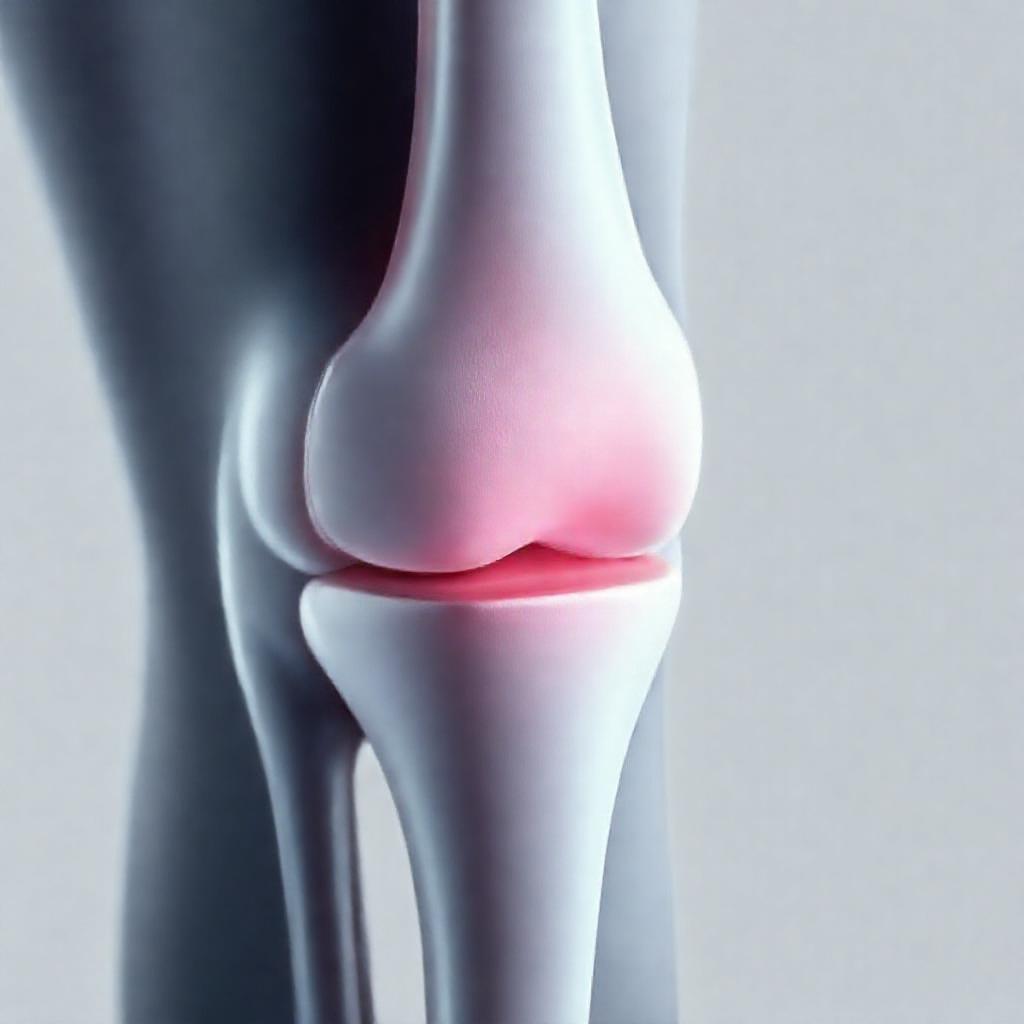
Materials and Construction
Common Materials Used
Universal socket joints are typically made from metals such as steel or aluminum, although plastics and composites are also used in some applications. The choice of material depends on the specific requirements of the application, including the level of stress or load that the joint will be subject to, as well as the desired level of flexibility and durability.
Manufacturing Process
The manufacturing process for universal socket joints typically involves machining and assembly, although some joints may be made using casting or forging techniques. Quality control measures are essential to ensure that the joint meets the required standards of flexibility, durability, and reliability.
Applications of Universal Socket Joints
Universal socket joints have a wide range of applications, including:
- Automotive industry: drive shafts, steering systems, and suspension
- Robotics and automation: robotic arms and joints
- Medical devices: prosthetics and orthopedic devices
- Industrial machinery: conveyor systems, pumps, and other machinery
Advantages and Disadvantages
Advantages
Universal socket joints have several advantages, including versatility, flexibility, and durability. They are also relatively low maintenance, although regular lubrication and inspection are essential to ensure optimal performance.
Disadvantages
Universal socket joints also have several disadvantages, including wear and tear, maintenance requirements, and cost. They can be prone to misalignment and noise problems, although these issues can be mitigated through proper design and maintenance.
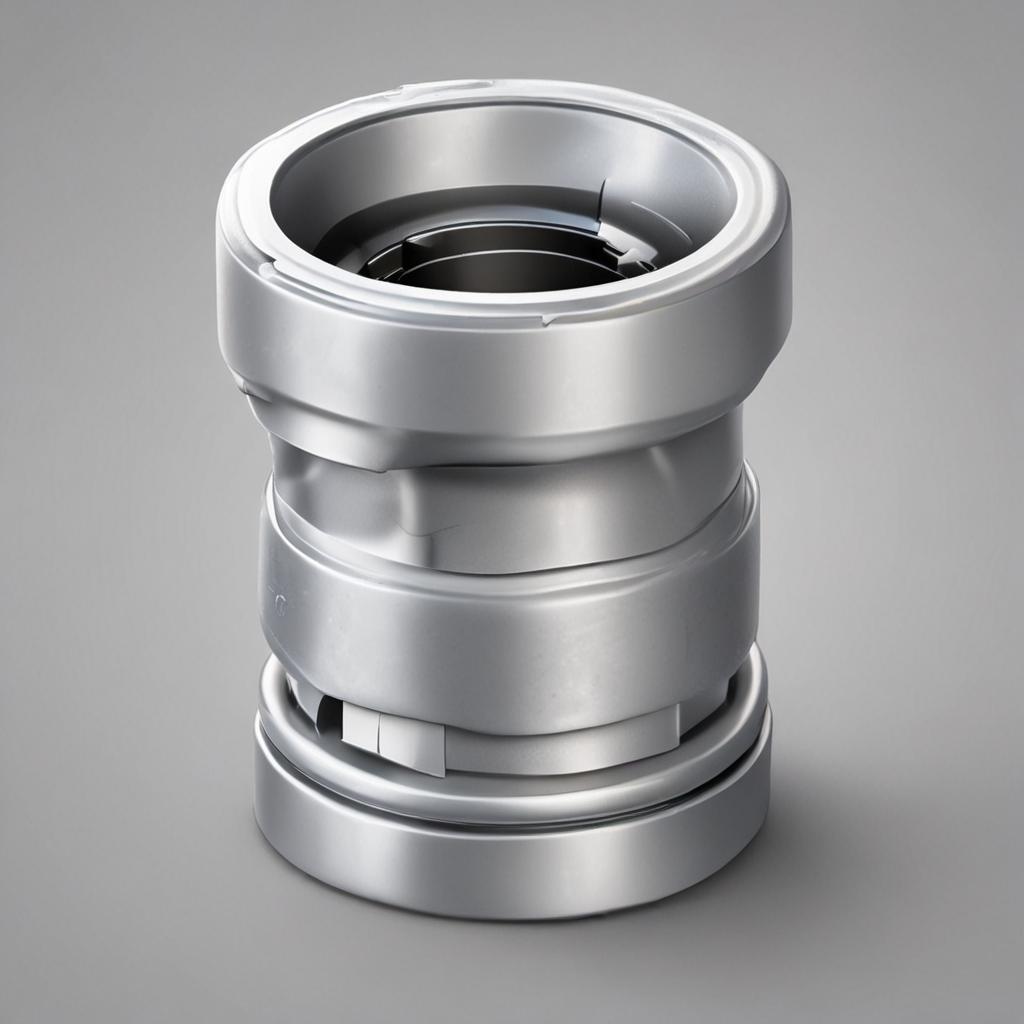
Maintenance and Troubleshooting
Regular Maintenance Tips
Regular maintenance is essential to ensure the optimal performance of universal socket joints. This includes lubrication, inspection, and cleaning, as well as regular checks for wear and misalignment.
Common Issues and Solutions
Common issues with universal socket joints include wear, misalignment, and noise problems. These issues can be addressed through troubleshooting and repair, although in some cases it may be necessary to replace the joint entirely.
Innovations and Future Trends
Recent developments in universal socket joints include the use of new materials and designs, such as advanced composites and 3D printing techniques. Future applications of universal socket joints may include emerging technologies such as autonomous vehicles and robotic systems.
Conclusion
In conclusion, universal socket joints are a crucial component in many mechanical systems, providing a flexible and durable connection between two shafts or components. They have a wide range of applications, including the automotive industry, robotics and automation, medical devices, and industrial machinery. While they have several advantages, including versatility, flexibility, and durability, they also have several disadvantages, including wear and tear, maintenance requirements, and cost. Regular maintenance and troubleshooting are essential to ensure optimal performance, and recent developments and future trends may include the use of new materials and designs, as well as emerging technologies such as autonomous vehicles and robotic systems.
FAQ
Here are some frequently asked questions about universal socket joints:
- What are the main components of a universal socket joint? The main components of a universal socket joint are the socket, the ball, and the retaining ring.
- How do universal socket joints differ from other types of joints? Universal socket joints differ from other types of joints in terms of their flexibility and range of motion, as well as their ability to handle high stresses and loads.
- What are the common applications of universal socket joints? Universal socket joints have a wide range of applications, including the automotive industry, robotics and automation, medical devices, and industrial machinery.
- How often should universal socket joints be maintained? Universal socket joints should be maintained regularly, including lubrication, inspection, and cleaning, as well as regular checks for wear and misalignment.
- What are the signs of a failing universal socket joint? The signs of a failing universal socket joint may include noise, vibration, and misalignment, as well as wear and tear on the joint and surrounding components.

